Gastrointestinal
Gastroenterology is a part of healthcare that deals with normal function and diseases of the gastrointestinal tract. Gastroenterology is the medical discipline that deals with normal function and diseases of the gastrointestinal tract. These include diseases of the stomach, small intestine, esophagus, rectum and colon
Hernia
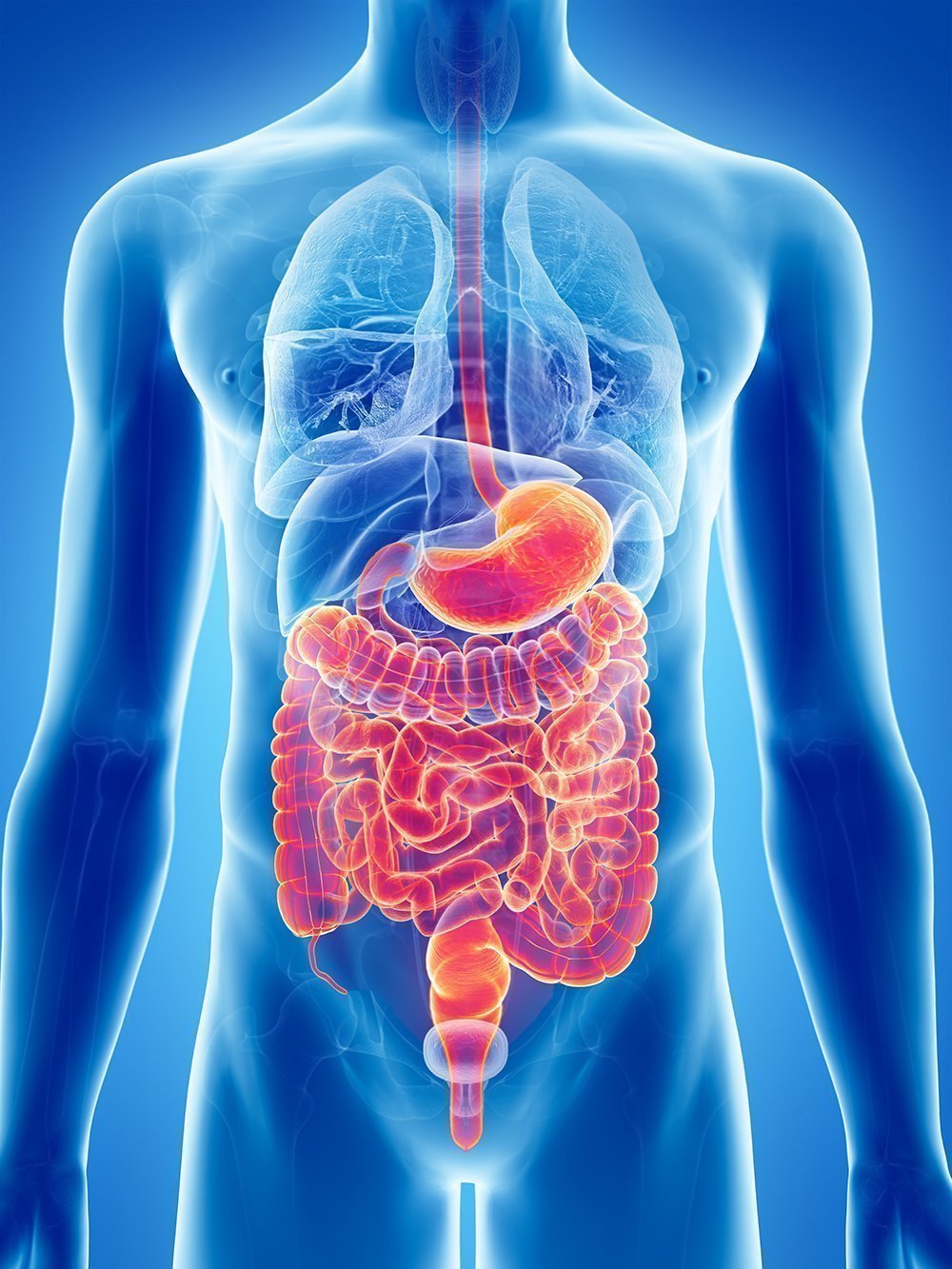

Understanding the Problem:
A hernia occurs when a hole or weak area in the belly wall (fascia), allows a part of an internal organ or tissue to bulge through.
Hernias vary, depending on where they are and how they occur:
- Ventral hernias: a bulge through a scar post-surgery in the abdomen
- Epigastric / Linea Alba hernias: a bulge located between the sternum and the umbilicus
- Umbilical hernia: a bulge around the belly button
- Inguinal & Femoral hernia: a bulge in the groin
Generally, there are no obvious causes for hernias. In some cases, muscle weakness and straining, such as heavy lifting, may cause them, whereas on other cases people are born with a hernia or weak abdominal muscles. Other causes may include constipation, chronic cough, fluid in the abdomen, smoking and more.
Signs & Symptoms:
- An abnormal bulge, usually in the abdomen
- A burning or aching sensation at the bulge
- Pain or discomfort when bending over, standing, coughing or lifting heavty objects
- Straining when using the bathroom
Examinations Required:
- Medical and family history evaluation
- Physical exam - the patient may be asked to stand and cough or strain so the health care provider can feel for a bulge caused by the hernia as it moves into the groin or scrotum
- Imaging tests - X-rays and CT Scans
If any of these tests suggest you are suffering from a Hernia, Minimally Invasive Robotic Surgery may be advised.
Gastro-Esophageal Reflux Disease (GERD)
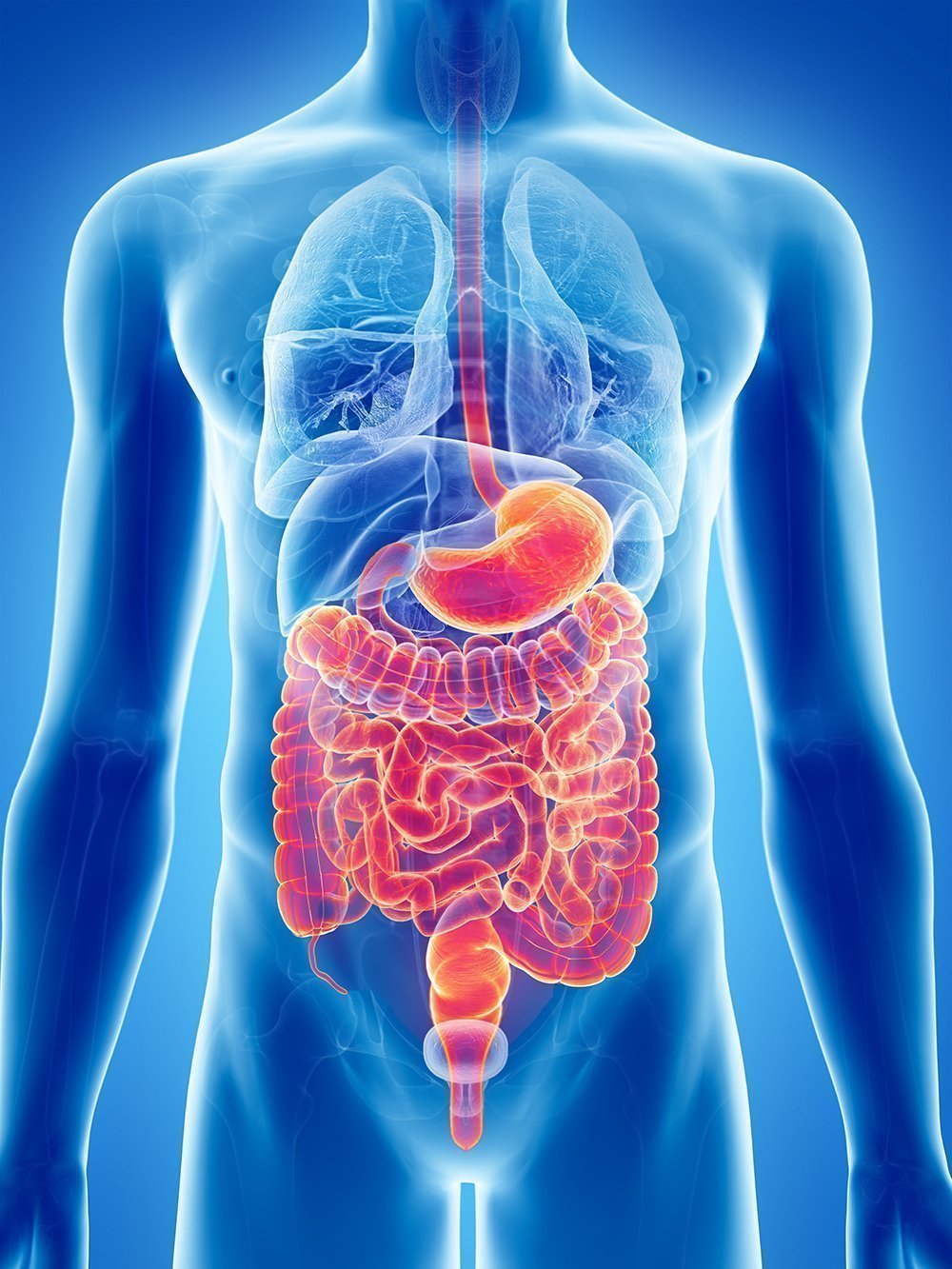

Understanding the Problem:
Gastro-esophageal reflux disease (GERD), also known as Esophagitis, is a condition where the stomach's acidic contents to flow back into the esophagus due to an anomaly where the lower esophageal sphincter muscle relaxes. Repeated episodes of GERD may cause inflammation of the inner lining of the esophagus called esophagitis.
Signs & Symptoms:
- Heartburn
- Feeling sick
- Burning pain when swallowing
- Difficulties in breathing
- Indigestion (dyspepsia)
- Bloating
- Belching
- Unpleasant taste in the mouth
- Pain in the upper abdomen and chest
- Persistent coughing, particularly at night
- Gum problems / bad breath / sore throat
Examinations Required:
- Gastroscopy (endoscopy): A thin, flexible telescope is passed down the esophagus into the stomach. With inflammation of the lining of the esophagus (esophagitis), the lower part of the esophagus looks red and inflamed.
- Heart tracings
- Chest X-rays
If any of these tests suggest GERD or Esophagitis, and medical treatment doesn’t help ease the symptoms, Minimally Invasive Robotic Surgery may be advised.
Esophageal Achalasia
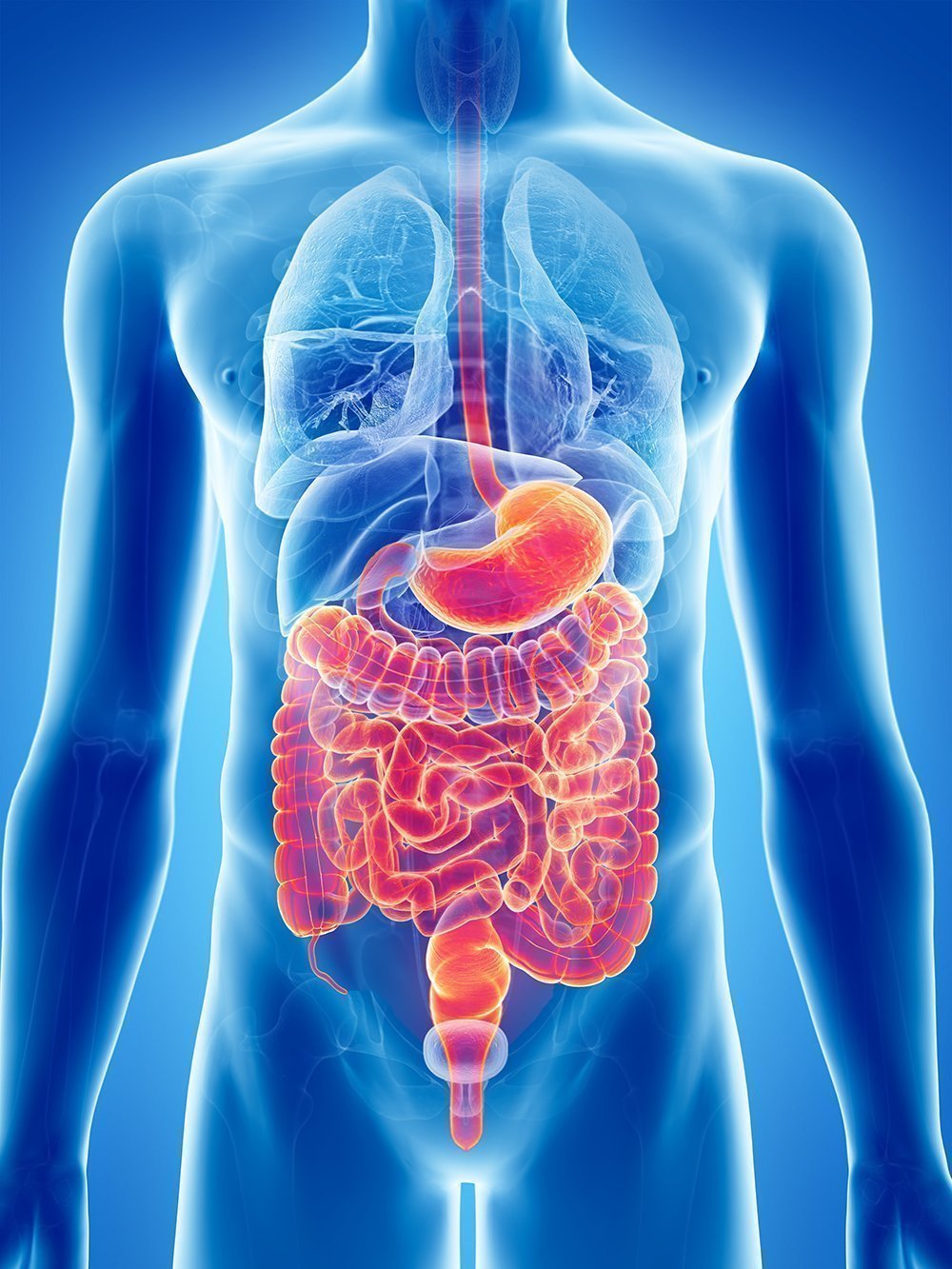

Understanding the Problem:
Esophageal achalasia is a disorder where the muscles of the lower part of the esophagus fail to relax preventing food from passing into the stomach. As a result, a backup of food can remain in the esophagus. Researchers have long suspected that an autoimmune response lies at the root of the disease, but an explanation for why the immune system of people with achalasia responds as it does remains elusive.
Signs & Symptoms:
- Dysphagia - difficulty in swallowing or a feeling that food is in the esophagus
- Regurgitation of indigested food
- Weight loss
- Coughing, especially when lying down
- Chest pain, often perceived as heartburn
- Aspiration - food, liquid and saliva which is retained in the esophagus can be inhaled into the lungs
Examinations Required:
- Esophageal manometry - measure rhythmic muscle contractions in the esophagus, the coordination and force exerted by the esophagus muscles, and how efficiently the esophageal sphincter relaxes or opens during a swallow
- X-rays by swallowing a barium pill that may show a blockage in the esophagus
- Upper endoscopy and Biopsy
If any of these tests suggest you are suffering from Esophageal Achalasia, Minimally Invasive Robotic Surgery may be advised.
Dyskinesia of Esophagus
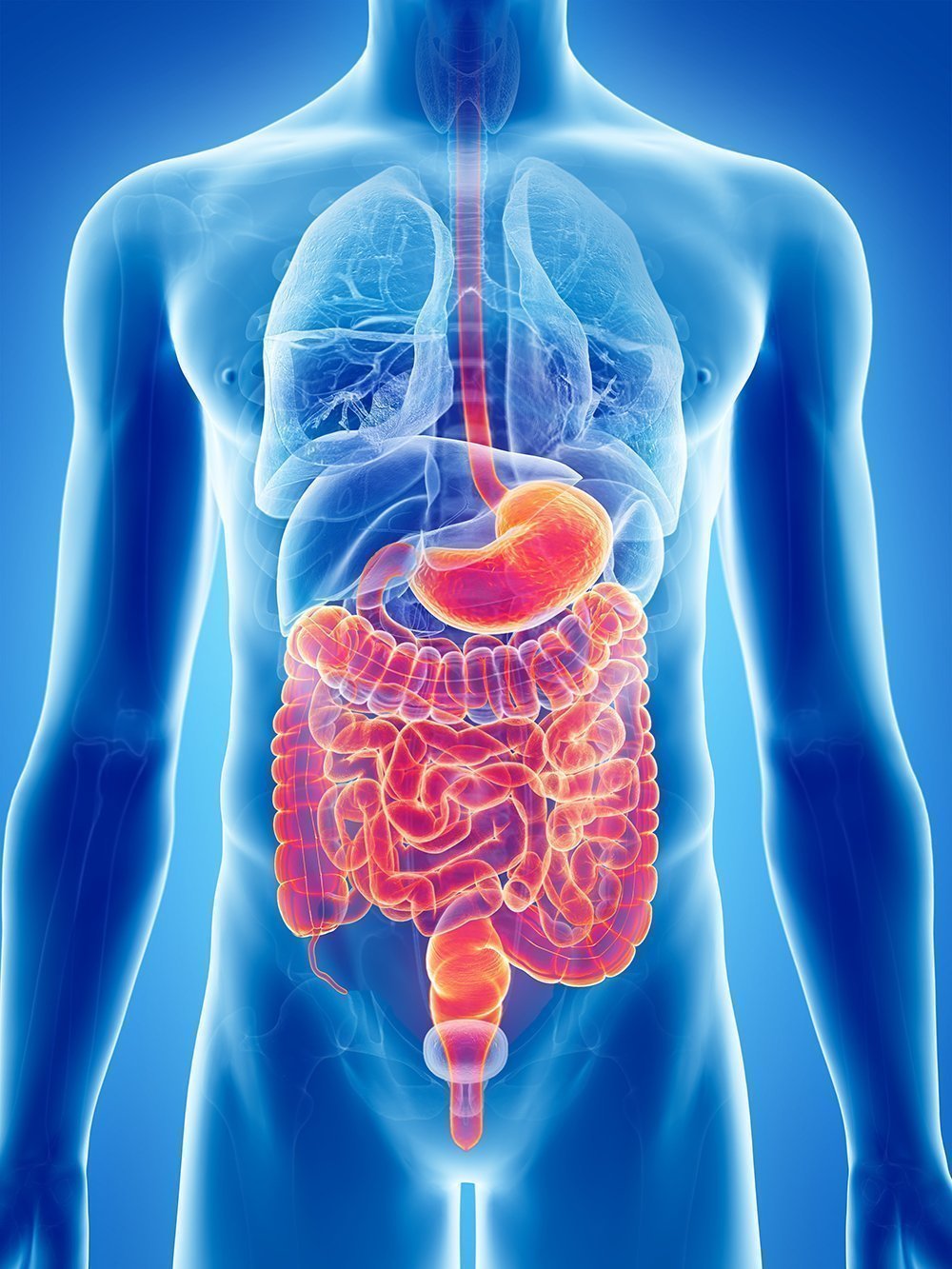

Understanding the Problem:
The esophagus carries food from the throat down to the stomach. Abnormal involuntary movements (AIMs) or dyskinesia of the esophagus, can be characterized by various symptoms and causes which have different mechanisms and modalities of treatment. Common examples of dyskinesia include tremors (tremors), chorea (uncontrolled movements), dystonia (muscular spasms) and myoclonus (spasmodic jerky contraction of muscles). Dyskinesia of the digestive tract specifically affects the tone and peristalsis of the digestive organs with smooth muscles like the esophagus, stomach, biliary tract and intestines.
The precise cause of dyskinesia is unknown.
Causes of primary dyskinesia has been found in conjunction with other disorders including:
- neurotic state, anxiety or depression
- psycho-emotional stress situations (acute and chronic)
- diabetes mellitus
- hysteria
- hereditary abnormalities of the neuromuscular system of the oesophagus
- chronic alcoholism, alcoholic neuropathies
- age-related changes
- pseudo-obstruction, amyloidosis and scleroderma
Signs & Symptoms:
- Chest pain
- Esophageal spasm can cause episodes of severe, crushing, retrosternal pain.
- Pain after eating
- Reflux-related symptoms (heartburn, regurgitation, cough, hoarseness...)
- General Difficulty swallowing liquids and solids
- Unintentional weight loss
Examinations Required:
- Manometry, a test to measure how well the esophagus is working.
- EGD or upper endoscopy, a test to examine the lining of the stomach and esophagus. It uses a flexible tube and camera.
- Upper GI x-ray.
If any of these tests suggest you are suffering from Dyskinesia of Esophagus, Minimally Invasive Robotic Surgery may be advised.
Ulcers
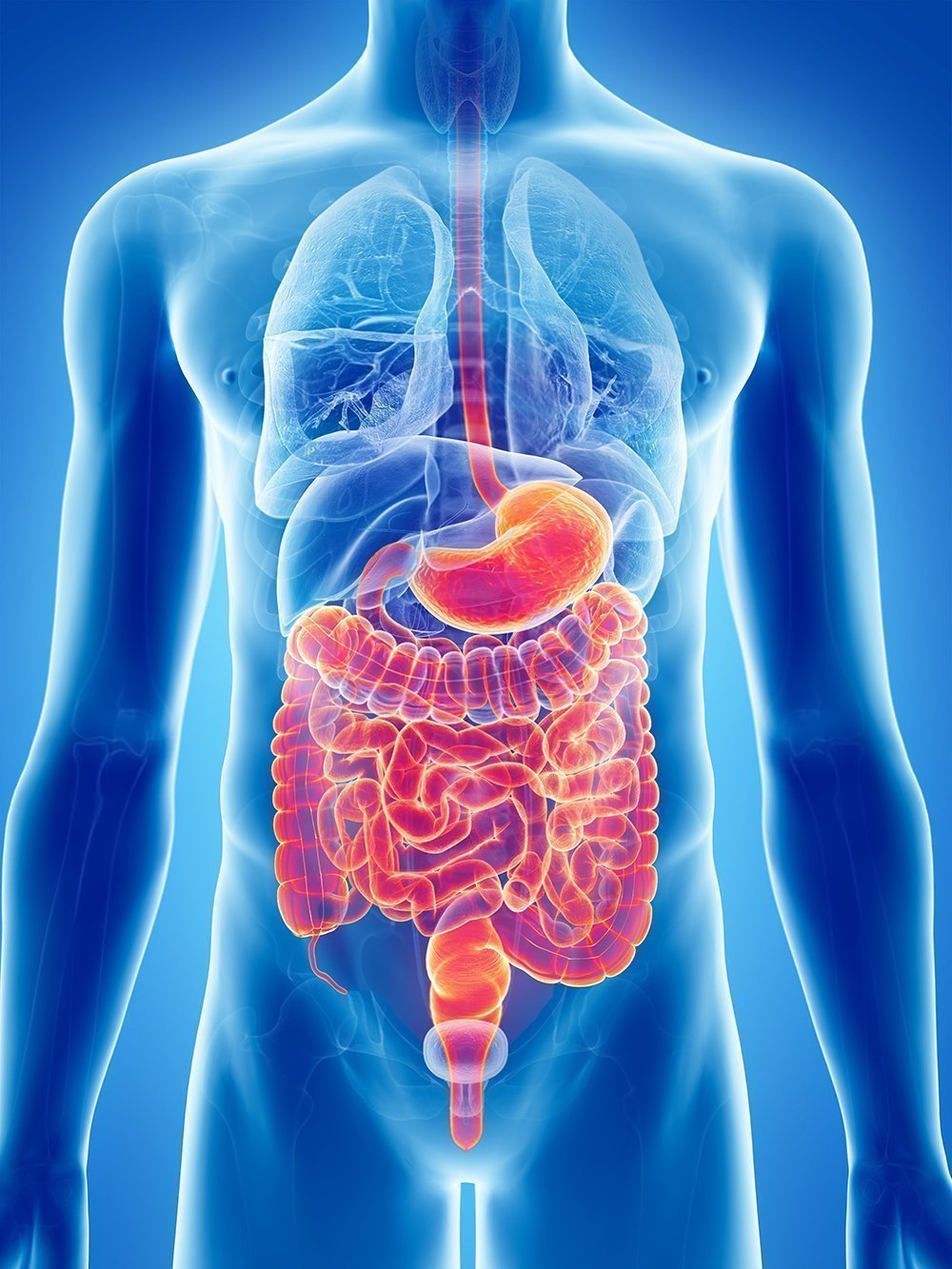

Understanding the problem:
Peptic ulcers are breaks or wounds in the lining of the parts of the upper gut that are exposed to stomach acid. They occur in the stomach (gastric ulcer) or the first part of the small intestine (duodenal ulcer), and in the esophagus (gullet). Researchers have long suspected that an autoimmune response lies at the root of the disease, but an explanation for why the immune system of people with achalasia responds as it does remains elusive.
Signs & Symptoms:
- Burning pain in the middle or upper stomach between meals or at night
- Bloating
- Heartburn
- Nausea or vomiting
- Dark or black stool
- Vomiting blood
- Weight loss
Examinations Required:
- Gastroscopy: The most secure way to diagnose or exclude an ulcer is by gastroscopy.
- Barium Meal x-ray: In the case a gastroscopy is not possible, a barium meal x-ray can detect an ulcer, but cannot sample the gut to check for Helicobacter or stop bleeding.
- Upper Endoscopy: When severe symptoms occur doctors recommend an upper endoscopy. It involves inserting a small, lighted tube (endoscope) through the throat and into the stomach to look for abnormalities.
If any of these tests suggest you are suffering from Ulcers, Minimally Invasive Robotic Surgery may be advised.
Meckel’s diverticulum
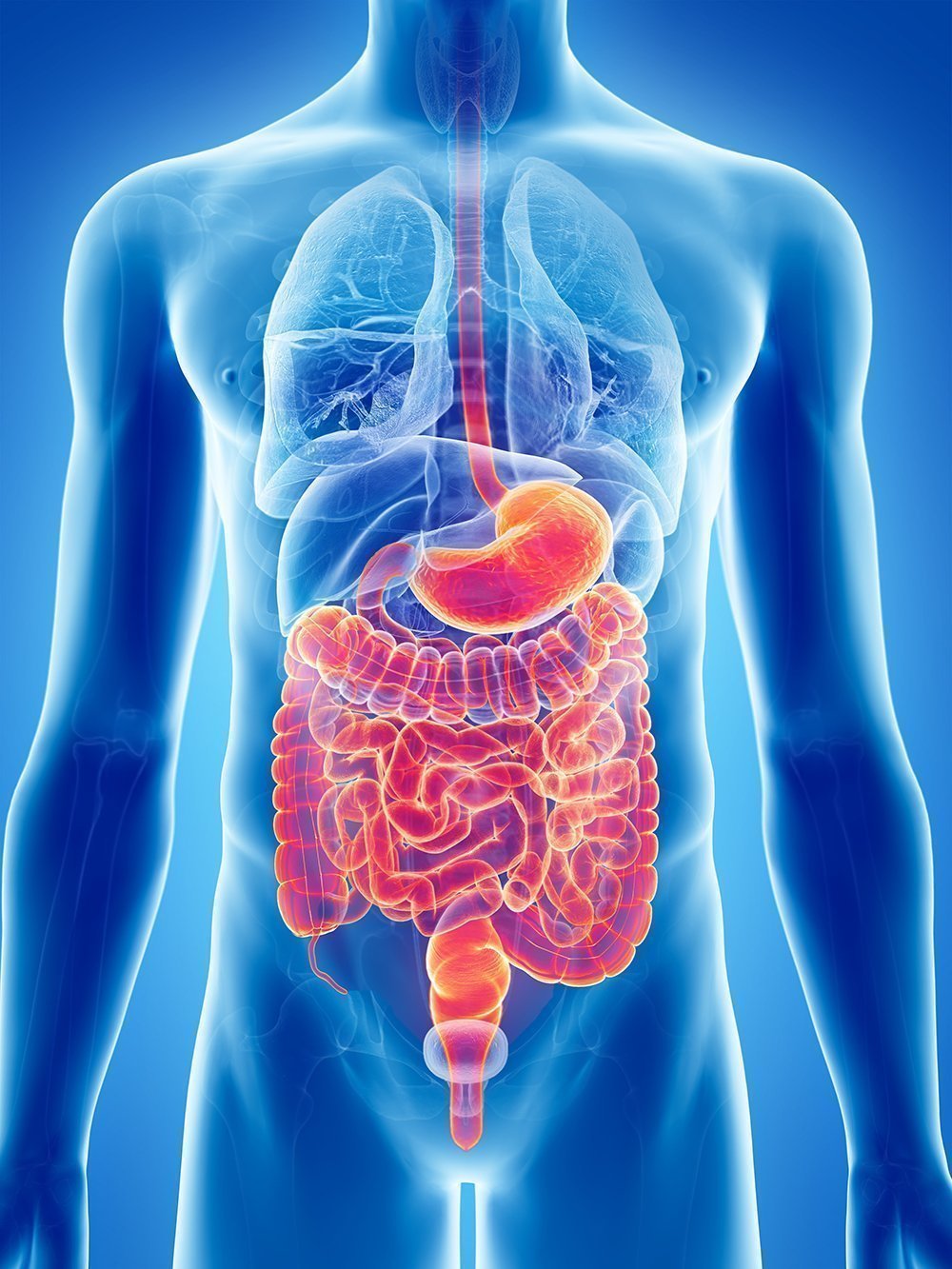

Understanding the Problem:
Meckel's diverticulum refers to a bulge in the small intestine. The defect is a excess of the umbilical cord and it’s the most common congenital flaw of the gastrointestinal tract, generally affecting 2-3% of the general population. It rarely portrays any symptoms and is equally common in men and women.
Signs & Symptoms:
- Blood in the stool
- Pain and cramping in the abdomen
- Tenderness near the belly button
- Bloating
- Diarrhea or Constipation
- Vomiting
Examinations Required:
- Capsule endoscopy
- Colonoscopy
- Technetium scan
If any of these tests suggest you are suffering from Meckel’s Diverticulum, Minimally Invasive Robotic Surgery may be advised.
Appendicitis


Understanding the Problem:
Appendicitis refers to an inflammation of the appendix, a finger-shaped pouch located at the beginning of the colon. This disease generally develops in people between the ages of 10 and 30. Initially, it manifests with mild pain in your lower right abdomen, but as the inflammation worsens, the pain exponentially increases. It may also be triggered by coughing and moving and if left untreated, the inflammation can cause
oedema or even rupture of the appendix, resulting in stool spillage and life-threatening consequences.
Signs & Symptoms:
- Sudden lower abdominal pain on the right side
- Increased pain when coughing or making sudden movements
- Nausea and vomiting
- Loss of appetite
- Fever
- Constipation or Diarrhoea
- Abdominal bloating
- Flatulence
Examinations Required:
- Physical exam - your physician may apply pressure on the painful area and when he/she suddenly release it, it may create more pain, indicating an inflamation
- Digital rectal exam
- Blood / Urine Tests
- Diagnostic Imaging Examinations: MRI, CT Scan, Abdominal X-ray, Abdominal Ultrasound
If any of these tests suggest you are suffering from Appendicitis, Minimally Invasive Robotic Surgery may be advised.
AIMIS Robotics and the daVinci Xi
At the American Institute of Minimally Invasive Robotic Surgery - AIMIS Robotics, you can expect the golden standard for Gastrointestinal Procedures such as:
- Herniorrhaphy
- Hernioplasty
- Gastrectomy
- Myotomy
- Cholecystectomy
- Esophagectomy
- Ulcer Surgery
- Meckel's Diverticulectomy
- Appendectomy
- and many more...

Our Surgical Robot the “daVinci Xi” provides state-of-the-art robotic technology, allowing the surgeon’s hand movements to be scaled, filtered and translated into precise movements for the overall benefit of the patient. The daVinci Xi System also provides superior 3D imaging, for improved surgical visual definition and clarity.
Our surgeons at AIMIS Robotics are amongst the leading International experts in the field of General Surgery, offering innovative, multifaceted Gastrointestinal interventions. Their extensive knowledge in Minimally Invasive Surgery guarantees excellence in their surgical outcomes, whilst minimizing postoperative complications associated with traditional “open” surgeries.

At AIMIS Robotics, our goal is to provide an individualized and compassionate medical experience in a comfortable environment via our extensive surgical expertise, cutting edge surgical technologies, highly trained staff (professionals) and luxurious facilities. You will be appointed a member of the AIMIS Robotics team to be your personal “guardian angel”, to guide you throughout the process. Flights, accommodation, transportation, hospital procedures, paperwork, headaches, headaches, headaches… We are here to take care of it all for you, so you can focus on your health and recovery.
daVinci Xi Benefits – Gastrointestinal Procedures:
- Shorter operation(duration);
- Less blood loss
- Less pain (and discomfort);
- Minimal scarring
- Lower risk of post-op(erative) complications
- Shorter hospital stay
- Shorter hospitalization;
- Faster recovery and return to normal activities
- Faster return of Bowel function and a normal diet

Get a Second Opinion!
No commitment! No cost! Just upload your MRI/CT Scan and let our world class surgeons give you a second opinion.
The American Institute of Minimally Invasive Robotics Surgery
The American Institute of Minimally Invasive
Robotics Surgery
Get In Touch With Us
Certifications – Accreditations:
Certifications – Accreditations

Quality
Management
Information
Security
Health
& Safety








